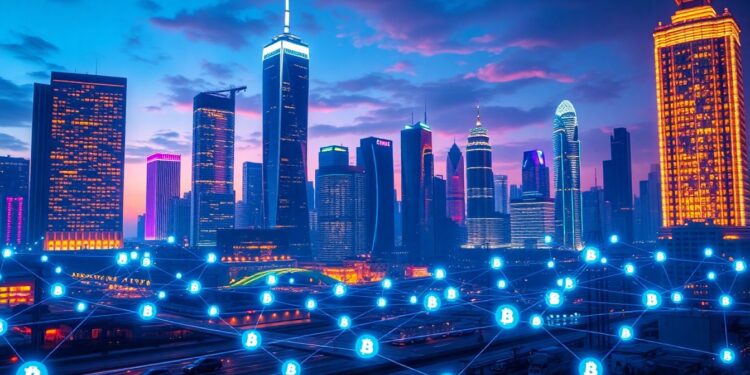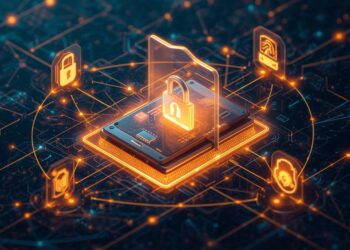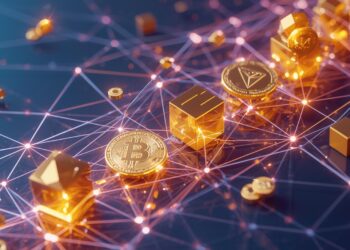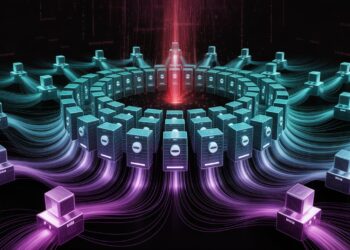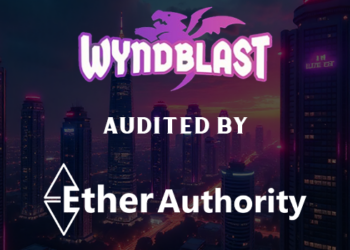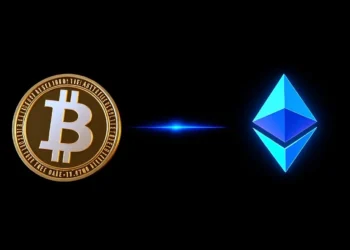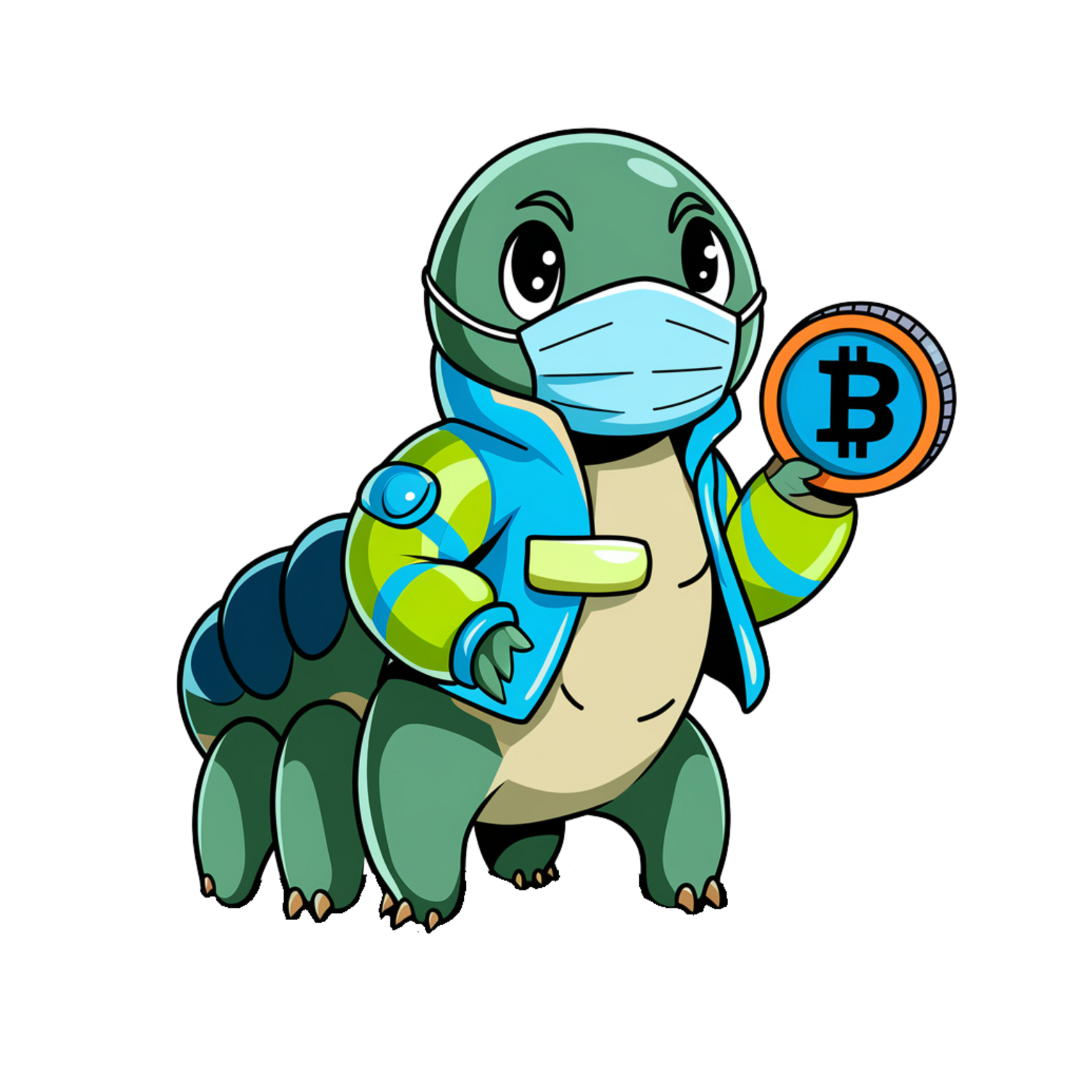Introduction
The Internet of Things (IoT) is changing how we live and work. By 2030, there will be billions of devices connected online. These gadgets—from smart thermostats to industrial sensors—bring huge benefits. But they also face big challenges like security, data accuracy, and device compatibility. Blockchain technology is emerging as a powerful tool to solve these issues. It can improve security, make systems more scalable, and help devices work better together. In this article, we’ll explore how blockchain is shaping the future of IoT.
The Role of Blockchain in Enhancing IoT Security
Blockchain’s Immutable Ledger for Device Authentication
Blockchain creates permanent records for device identities. This makes it harder for hackers to tamper with device data or hack into networks. When a new gadget joins an ecosystem, blockchain ensures only trusted devices are allowed in. For example, some supply chains now use blockchain to verify device identities at each step, reducing fraud and theft.
Decentralized Data Management for Enhanced Privacy
Traditional IoT systems rely on central servers, which can be vulnerable. Blockchain distributes data across many nodes, making it more secure. It also helps devices exchange information directly without middlemen. If you want extra privacy, setting up a private blockchain network can keep sensitive data safe from prying eyes.
Tamper-Resistant Audit Trails
Blockchain automatically logs every activity a device performs. These logs are transparent and unchangeable, creating a dependable history. This is especially useful for industries with strict compliance rules, like healthcare or food production. You can always verify what a device did and when, adding trust and accountability.
Improving IoT Scalability and Interoperability with Blockchain
Enabling Cross-Platform Device Communication
Smart contracts—self-executing programs on blockchain—standardize how devices interact. This reduces compatibility problems between gadgets from different manufacturers. For instance, smart home devices worldwide can follow the same rules, making building a connected home easier.
Decentralized Data Marketplaces
Blockchain creates secure spots where devices can share or sell data directly to each other. This opens up new ways for companies to earn from data. For example, a weather sensor network could sell real-time data to farmers or city planners via a blockchain marketplace. It simplifies transactions and cuts out middlemen.
Reducing Centralized Bottlenecks
Instead of relying on cloud servers, blockchain spreads data across many networks. This makes IoT systems more resilient. If one part of the system fails, others keep working. Plus, sharing data directly reduces delays, making responses faster.
Blockchain-Driven Use Cases in IoT-Enabled Supply Chains
Transparent and Traceable Product Tracking
Blockchain records every step of a product, from production to delivery. Foods, medicines, and luxury items all benefit. Companies like IBM Food Trust use this tech to improve food safety by showing where ingredients come from. Customers can scan codes to see a product’s history instantly.
Securing Autonomous Logistics
Self-driving trucks and delivery robots can use blockchain-based smart contracts to handle payments or clear customs automatically. This reduces delays and cuts down on fraud. Logistics become more trustworthy and efficient when transactions happen smoothly without manual oversight.
Inventory and Asset Management
Real-time data from IoT sensors helps manage stock better. When inventory levels drop, smart contracts can trigger automatic replenishment orders. This reduces mistakes and stops theft, saving businesses time and money.
Facilitating Smart Contracts and Automated IoT Processes
Autonomous Device Operations
Smart contracts can activate devices based on sensor data. For example, if a temperature sensor detects a room is too hot, the contract can turn on the air conditioning. This saves energy and keeps things running smoothly without human help.
Automated Payments and Settlements
Imagine utility meters that pay for energy use automatically. Blockchain makes this possible with peer-to-peer energy trading. The meter verifies usage and settles payments on its own, cutting out middlemen. Linking blockchain to IoT devices takes automation to a new level.
Dynamic Data Validation
Before a device acts, blockchain can verify if the data is correct. For instance, if a sensor reports a trigger, blockchain checks if it meets certain rules. If it does, the action proceeds. This keeps systems accurate and reduces errors.
Future Trends and Challenges in Blockchain and IoT Integration
Emerging Technologies and Standards
Organizations like IEEE and ISO are creating rules to make blockchain and IoT work better together. The rollout of 5G will boost speed and capacity for IoT devices. These improvements open new possibilities for smart cities, factories, and homes.
Scalability and Performance Challenges
Blockchain networks can slow down with too many devices. Finding ways to speed up transactions is critical. Solutions like Layer 2 technology, which moves some processing off the main chain, are promising ways to keep IoT responsive.
Regulatory and Privacy Considerations
As data laws tighten, blockchain solutions must balance transparency with privacy. Laws like GDPR and CCPA limit how much information can be shared. Creating systems that protect user data while ensuring security remains a challenge.
Conclusion
Blockchain is transforming how IoT systems operate. It boosts security, makes networks more scalable, and helps devices communicate smoothly. As technology advances, smart contracts and decentralized data markets will become common. The future points to a world where IoT is safer, faster, and more reliable, all thanks to blockchain’s power. Embracing this combo now can lead to stronger, smarter systems that serve everyone better.
Key Takeaways
- Blockchain offers a safe, transparent, and decentralized base for IoT ecosystems.
- It supports security, supply chains, autonomous actions, and data trading.
- Overcoming current hurdles requires ongoing innovation, standard-setting, and smart regulation.
Join Us : Twitter | Website | GitHub | Telegram | Facebook | YouTube



